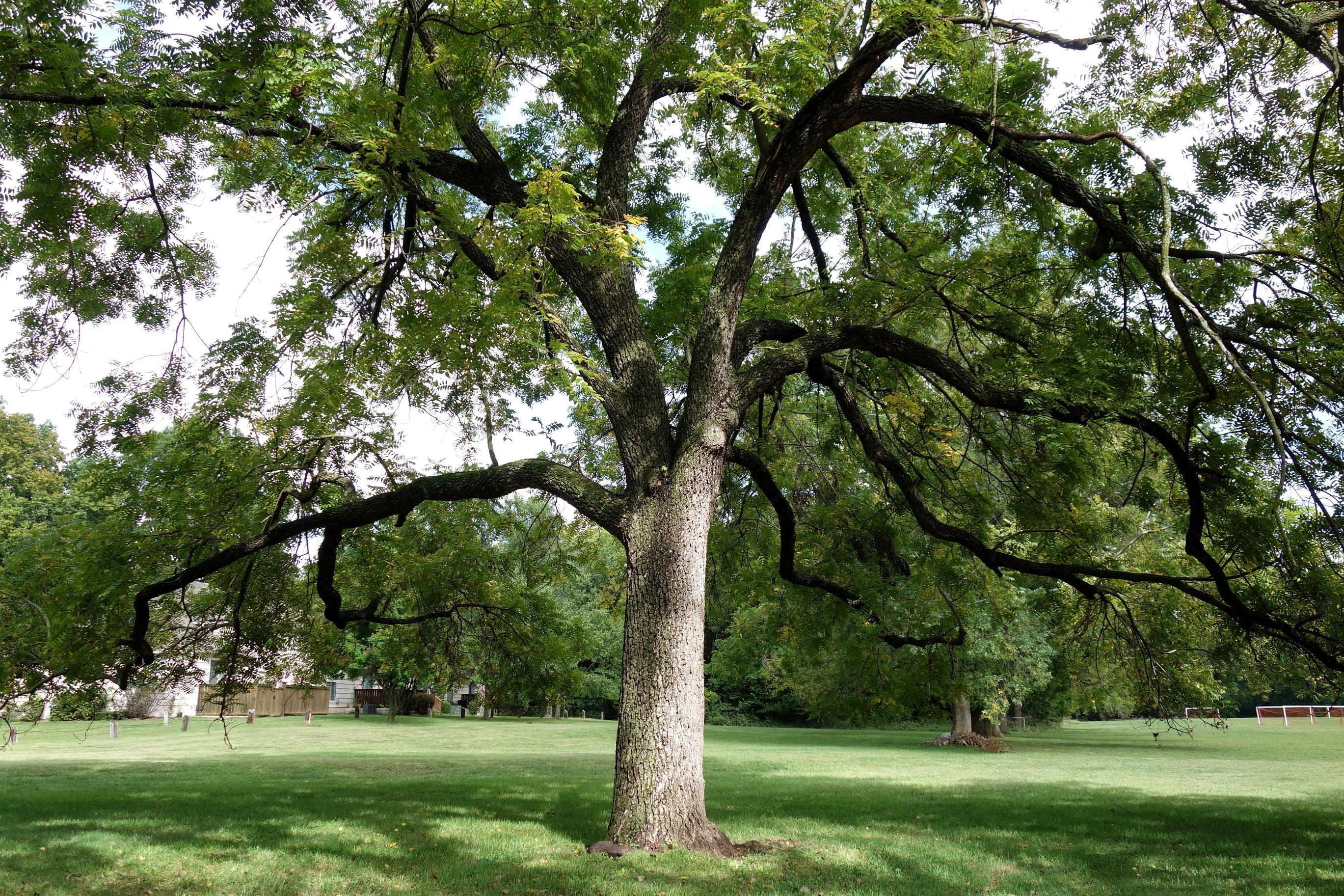Our Blog About the Oak Tree

In this blog, we will explore the characteristics of the oak tree and its impact on ecology, culture, and various fields of use.
The oak tree is a perennial tree that can adapt to different climate conditions.
Height and Trunk: The oak tree can grow up to 20-40 meters in height.
Fruit: The oak tree produces fruits called "acorns," which resemble chestnuts. These fruits are a vital food source for many animal species.
Acorns are consumed by squirrels, birds, and other animals.
Historical and Cultural Foundations:
The oak tree has been considered sacred in many cultures. For instance, in Ancient Greece, the oak tree was dedicated to the god Zeus. In Slavic and Scandinavian mythologies, the oak tree was interpreted as a symbol of strength and protection.
Role of Oak Tree in Industry
Furniture Production:
Oak wood is widely used in the production of elegant, durable furniture due to its strength and aesthetic patterns.
Construction and Building:
Oak wood is well-known for its durability and is used in flooring, ceilings, wall panels, and other construction materials.
Shipbuilding:
Historically, oak wood has been the primary material for ship construction due to its resistance to moisture and strength.
Wine and Spirits Industry:
Oak barrels are used in the spirits industry to impart unique flavors and aromas, improving the preservation of liquids.
Decoration:
Oak wood is used for creating decorative elements and sculptures, valued for its natural texture and color.
Fuel:
It is widely used as high-calorie firewood for heating.
Lathes and Tools:
The wood’s toughness makes it suitable for industrial lathes and tool handles.
Medicinal Benefits of Oak Bark:
Oak trees have antibacterial, antiseptic, and anti-inflammatory properties. Additionally, oak bark is effective for treating dental and gum problems. Its natural antiseptic properties help reduce gum inflammation and maintain overall oral hygiene.